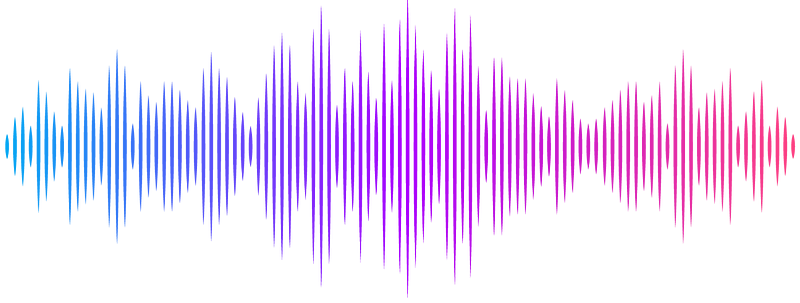Detection of pharmaceutical contamination in amphipods of Lake Baikal by the HPLC-MS method

Detection of pharmaceutical contamination in amphipods of Lake Baikal by the HPLC-MS method
Telnova, T. Y.; Morgunova, M. M.; Shashkina, S. S.; Vlasova, A. A.; Dmitrieva, M. E.; Shelkovnikova, V. N.; Malygina, E. V.; Imidoeva, N. A.; Belyshenko, A. Y.; Konovalov, A. S.; Misharina, E. A.; Axenov-Gribanov, D. V.
AbstractPollution by active ingredients is one of the most significant and widespread forms of pollution on Earth. Medicines can have a negative impact on ecosystems, and contamination can have unpredictable consequences. An urgent and unexplored task is to study the Lake Baikal ecosystem and its organisms for the presence of trace concentrations of active pharmaceutical ingredients. Our study aimed to conduct a qualitative analysis of active pharmaceutical ingredients, and quantitative analysis of ibuprofen in endemic amphipods of Lake Baikal, using methods of high-performance liquid chromatography and mass spectrometry (HPLC-MS). Acetylsalicylic acid (aspirin), ibuprofen, acetaminophen, azithromycin, dimetridazole, metronidazole, amikacin, spiramycin, and some tetracycline antibiotics were detected in the studied littoral amphipods. We also detected different annual loads of active pharmaceutical ingredients on amphipods. Using the multiple reaction monitoring (MRM) mode mentioned in GOST International Technical Standards, we detected molecules, fragmented as amikacin, chlortetracycline, doxycycline, oxytetracycline, dimetridazole, metronidazole and spiramycin. Thus, we first revealed that invertebrates of Lake Baikal can encounter pharmaceutical contaminants in the environment.


